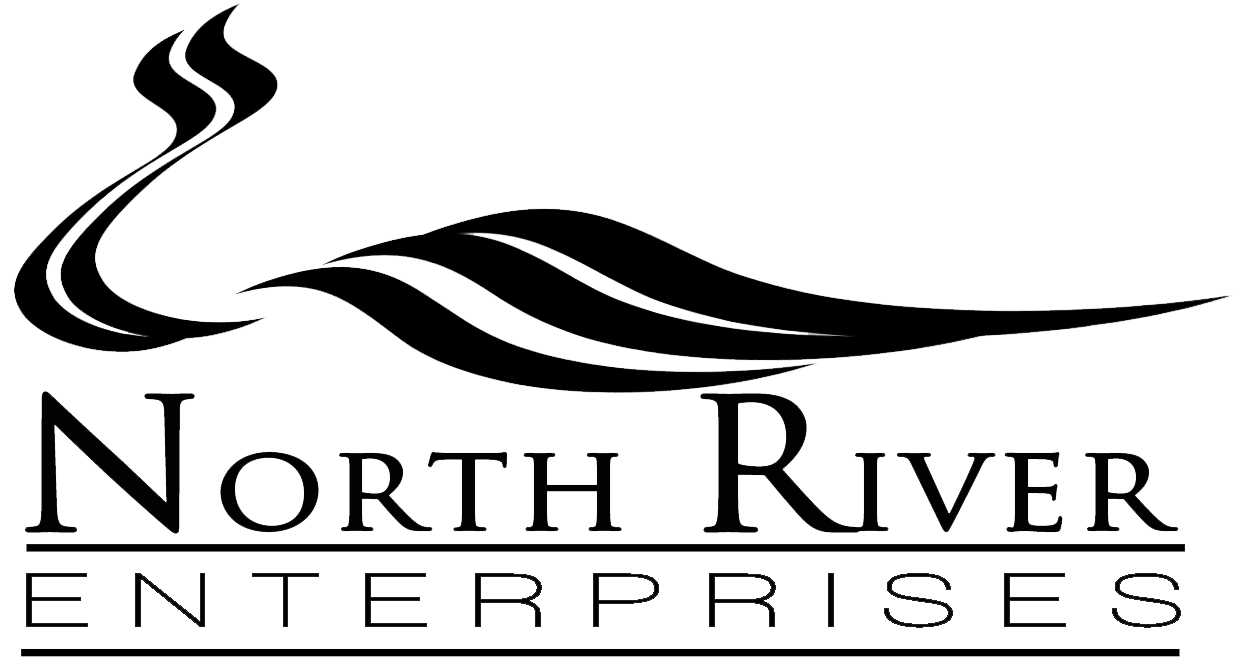Missed Part 1 of the series? Read up here!
In Part 2 of our discussion on claims substantiation, we'll continue to explore important considerations for different types of claims, including Natural, Made in the USA, Organic, Animal Raising, Third Party Certifications and Free/No Claims in the context of pet food labeling.
Natural Claims
There are regulatory guidelines for Natural Claims and the term “Natural” is defined by AAFCO. A natural claim can be used if all ingredients and the product itself are derived from plant, animal, or mined sources. There are a few manufacturing processes that are considered to be natural, such as heat, rendering, extraction, etc. However, the ingredients or products themselves cannot be subject to a chemically synthetic process or contain any additives or processing aids that are chemically synthetic.
100% or All Natural claims refer to the product as a whole as well as all ingredients in the product. This claim cannot be used for a product that contains synthetic vitamins, minerals, or nutrients. The term natural can be used on these types of products with an appropriate disclaimer statement such as, “Natural with added vitamins, minerals and trace nutrients”. The disclaimer must be in the same color and style of print and at least half the size of the term “natural”.
Made in the USA
The Federal Trade Commission (FTC) issued an enforcement policy in 2021 regarding Made in the USA claims. Marketers and manufacturers that promote their products as Made in USA must meet the “all or virtually all” standard. This means that nearly all of the components or ingredients in a product must be US sourced and the product must be manufactured in the US in order to utilize this claim. There is no specific definition for “virtually all”, so we recommend only using this claim when all ingredients are US sourced.
A marketer may make any qualified claim about the U.S. content of its products if the claim is truthful and substantiated. An example of a qualified claim is: "Made in the USA with globally sourced ingredients".
Organic Claims
There are four labeling categories for “organic” claims. “100% Organic” requires including the name of the certifying agent on the package and identifying the organic ingredients via asterisk* or declaring as “organic ___”. These products may display the USDA organic seal and must contain 100% organic ingredients except for water and salt. “Organic” labeling follows the same rules as 100% Organic with the exception that 95% of the ingredients must be organic. “Made with Organic ____” must contain at least 70% certified organic ingredients, state the certifying agent, identify organic ingredients and may not display the USDA organic seal. The final rule is for products with less than 70% organic ingredients. These products can identify organic ingredients in the ingredient statement, may state the percentage of organic ingredients on the information panel but not the front of pack, and may not display the USDA organic seal or represent the finished product as organic.
Raising Claims
Grass-Fed Beef, Cage-Free Chicken, and Humanely-Raised Meat are increasingly popular claims found on pet food products. Although these are not regulated specifically by AAFCO, a brand needs to have substantiation to support these types of claims. The “USDA Food Safety and Inspection Service (FSIS) Labeling Guideline on Documentation Needed to Substantiate Animal Raising Claims” is the recognized guidance used by most states who complete label reviews. These guidelines detail the requirements and documentation required to support claims such as Animal Welfare and Environmental Stewardship, Diet and Breed, Living/Raising Conditions, Negative Antibiotic and Hormone Use, etc.
Grass-Fed is specific to cattle that are fed only grass and not confined to a feed lot after being weaned from their mother’s milk. Routine vitamin and mineral supplementation is allowed and FSIS documents the specific forms of grass that can be fed to the cattle.
Under Federal law, hormones are only approved for use in beef cattle, swine and lamb production. Additional terminology is required on products claiming negative hormone use in other species. The qualifying claim, “Raised Without Added Hormones” must be accompanied by the statement “There are no hormones approved for use in (species) by Federal Regulations.”
Third Party Certifications
Third Party Certifications and utilization of their seals is generally permitted on pet food labels provided that substantiation of permission for use can be provided. Some examples include: Animal Welfare Approved (AWA), Global Animal Partnership (GAP), Upcycled Certified, USDA Organic, NASC logo, and the VOHC seal.
There are some Third Party Certification seals that are not permitted on pet food as they are considered misleading if that logo makes an implied claim not suitable for an animal feed product. USDA Certified, Produced in a FDA Facility, or AAFCO Approved are a few claims that are not acceptable.
Free/No Claims
Free and No claims are generally false and misleading since trace amounts may be detected upon analysis. For example, a Grain Free product that is produced in a facility that manufactures other products that contain grain may have trace amounts of grain detected during chemical analysis. To reduce the risk of using false language, such a product could support a claim such as, “No added grain”, “Grain Free Recipe” or using an asterisk to notify the consumer that the product is produced in a facility that utilizes grain.
It is up to you as the brand owner to maintain proper substantiation for any claim being made on your packaging or in your collateral marketing materials. To learn more about your specific claims and the evidence you need to support it, or to learn more about how we can assist you in handling these claims with the states, contact us today!
